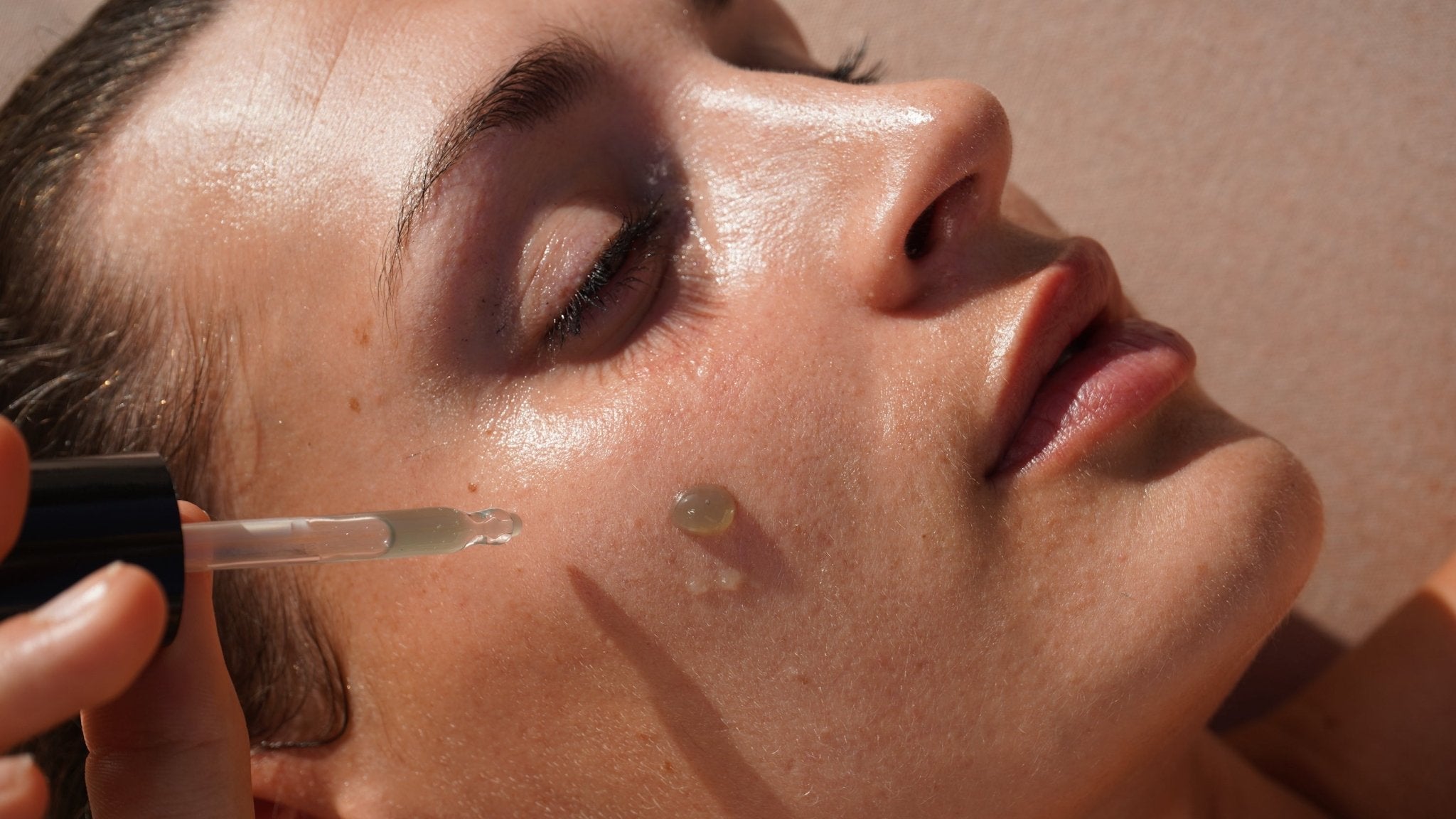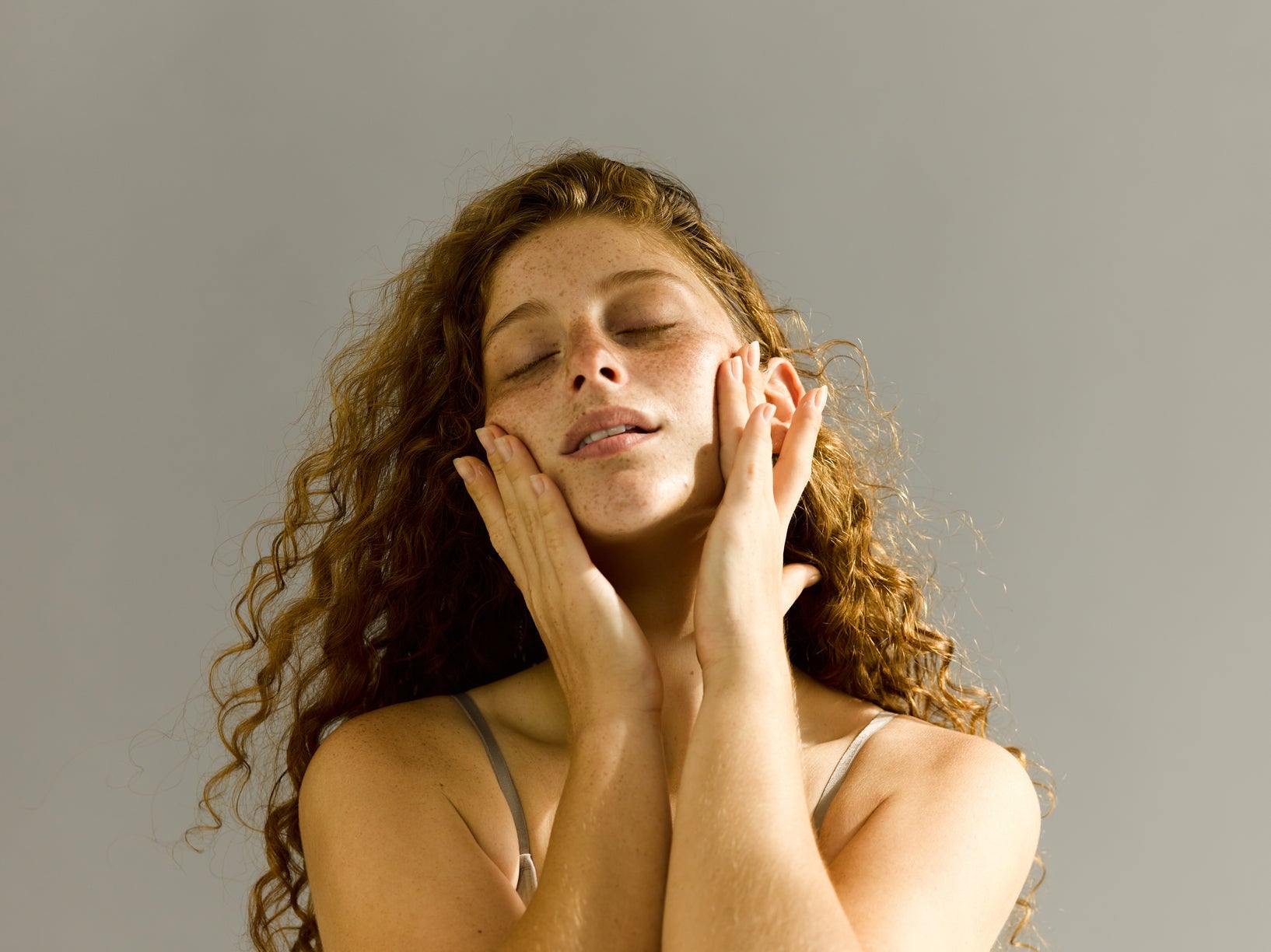
Blue Tansy: The Humble Flower with Powerful Anti-Ageing Skin Benefits
Blue tansy has been gaining widespread popularity as a skincare ingredient over the past several years. It boasts a number of benefits for the body and the mind, including calming and age-preventing properties. But what exactly is blue tansy and what makes this humble flower so unique?
What is blue tansy?
A mediterranean plant (Tanacetum Annuum) primarily cultivated in Morocco, the blue tansy’s flowers are actually yellow in colour, and related to the chamomile plant. The blue colour appears during steam extraction of the flowers and stems, due to a compound called chamazulene.
What are the main skin benefits of blue tansy?
Historically, chamomile has been cherished for its calming and soothing effects on both mind and body. Since blue tansy belongs to the chamomile family, it carries many of these same benefits, making it a potent ingredient for skincare. Here's what blue tansy can do for your skin:
- Reduces inflammation – Blue tansy contains high concentrations of Sabinene and Camphor, which have been shown to effectively reduce inflammation.
- Soothes redness and irritation – Its rich azulene content, a therapeutic compound found in plants, helps minimize redness and calm irritated skin.
- Nourishes and regenerates skin cells – Azulene also supports skin cell nourishment and regeneration, promoting a more youthful, healthy complexion.
- Calms sensitive skin – Its gentle properties make it ideal for soothing sensitive or reactive skin.
- Supports allergy relief – Blue tansy has been used in Traditional Chinese Medicine and aromatherapy for its ability to alleviate nasal congestion and allergy symptoms.
Marine Serum, formulated with other powerful ingredients including Hyaluronic Acid (HA) and Wakame Seaweed.

Is blue tansy good for acne?
Many cases of acne are driven by an excess of sebum (oil) production in the skin, causing blockages which lead to breakouts. At their core, skin breakouts should be considered as tiny skin infections - and where there is infection, there is also inflammation, including swelling, redness, and irritation. The treatment approach for acne should therefore include two main goals: two reduce excess sebum production, as well as reduce the resulting inflammation. Due to its highly soothing, calming, and healing qualities, blue tansy can therefore make a desirable addition to routines for problematic skin.
Inflammation is also a key catalyst when it comes to skin ageing. During the inflammatory cascade, and excess of free radicals are produced, which go on to destroy collagen and elastin fibres. Blue tansy also has exceptional antioxidant properties, which neturalise free radicals and promote collagen longevity.
Is blue tansy pregnancy safe?
The internet is littered with highly conflicting information when it comes to the use of blue tansy during pregnancy, with just as many claiming its safe use as there are stating toxicity. One 2021 study (1) reports that blue tansy is one of many essential oils containing high levels of a plant-derived alcohol compound, β-Eudesmol, which showed significant in vitro antiplatelet aggregation. Therefore, we recommend those wishing to er on the side of caution during pregnancy to avoid blue tansy.
Will it stain my skin or clothes?
In its pure essential oil form, blue tansy’s strong blue colour will indeed stain skin and clothing. However, very small quantities of blue tansy oil are used in skincare products, and when diluted with other ingredients at such a level, blue tansy skincare will not discolour the skin or leaves stains on clothing.
It should be noted that the blue tansy is a different species entirely to the common tansy. The latter is known for levels of toxicity in its pure essential oil form, and should not be confused for the skin-loving and phytonutrient-dense blue tansy extract.
Looking for products that combat signs of ageing? Check out our age defiance skin collection.
References
(1) Dosoky NS, Setzer WN. Maternal Reproductive Toxicity of Some Essential Oils and Their Constituents. Int J Mol Sci. 2021 Feb 27;22(5):2380.




Leave a comment
This site is protected by hCaptcha and the hCaptcha Privacy Policy and Terms of Service apply.